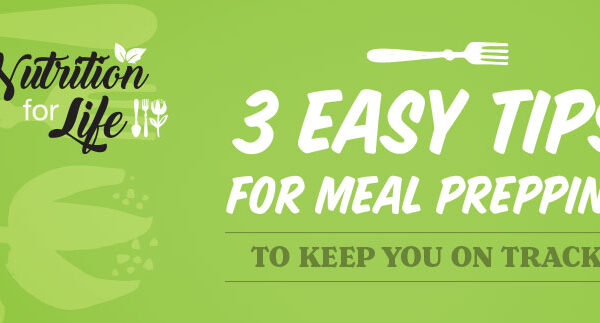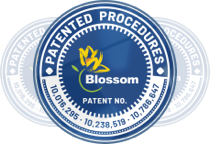Hello. This is Michelle Phelan, nutritionist at Blossom Bariatrics, where expertise meets true compassion. We’re always here for you before, during, and after your weight loss surgery procedure–because it’s the after that’s the most important part.
Today, let’s explore transitioning from soft foods to textured foods. Usually, this happens at about 2 to 3 weeks post-surgery. This is not a diet with a beginning and an end–this is a diet that’s going to be with you for the rest of your life.
It’s truly OK to be in the soft food phase longer than you anticipated. Listen to your body and listen to your stomach. Just because your nutritionist said it was OK to eat chicken breast, doesn’t mean it’s OK for you. It may take another week or another month until you feel comfortable and your stomach gives you the green light.
At weeks 3 and 4, you’re still kind of picking and choosing from your soft food diet plan and that can be like some cottage cheese, some Greek yogurt. Y’know, obviously you’ll be doing your whey protein drinks or shakes–that goes without saying–but this is the time where you can start exploring some real, textured foods. Usually soft meats work best. Flaky fish works very well, if you like it, like tuna fish or trout or salmon. Really slow cooked meats work well. Sometimes beef can give you a little bit of trouble, and sometimes it’s chicken breast. But don’t worry. Eventually, you will be able to eat that with no problem.
Another thing to keep in mind is that you’ll want to start incorporating vegetables back into your life. You don’t always have to juice them, you can now start steaming and grilling them and eating soups. You can do parade soups or soup broths or vegetable soup at this point.
Transitioning from soft foods to solid food can take time, but be patient–you’ll get there.
Make sure to visit our website at www.blossombariatrics.com. Until next time, have a happy and healthy day!



